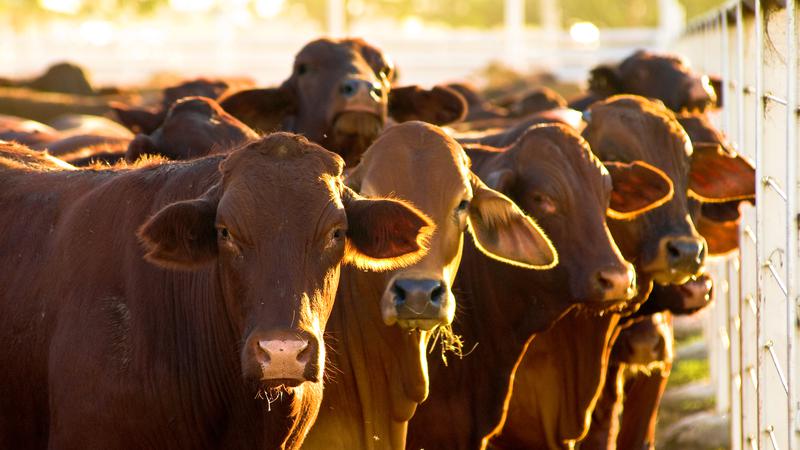
U of L researchers earn support to study viable solutions to mitigate Bovine Respiratory Disease
LETHBRIDGE, AB – Researchers at the University of Lethbridge’s Southern Alberta Genome Science Centre (SAGSC) and its bioinformatics core are working with scientists at Agriculture and Agri-Food Canada (AAFC) to find viable solutions to mitigate Bovine Respiratory Disease, also known as BRD.
BRD is the most prominent feedlot cattle disease in North America and officials say it is responsible for an estimated financial burden of $3 billion every year.
The research project is being led by University of Lethbridge associate professor Dr. Athan Zovoilis and Dr. Tim McAllister, a principal research scientist at AAFC.
Zovoilis is the SAGSC director and Canada Research Chair in RNA Bioinformatics and Genomics. Zovoilis, and Drs. Angeliki Pantazi (SAGSC scientific officer) and Eric Merzetti (BioNet program manager), are working with McAllister’s team and other scientists at AAFC to advance a genomic-based diagnostic pipeline for BRD, based on Alberta herd-specific pathogens. It is said that this will increase the precision of antimicrobial use in the provincial cattle industry.

